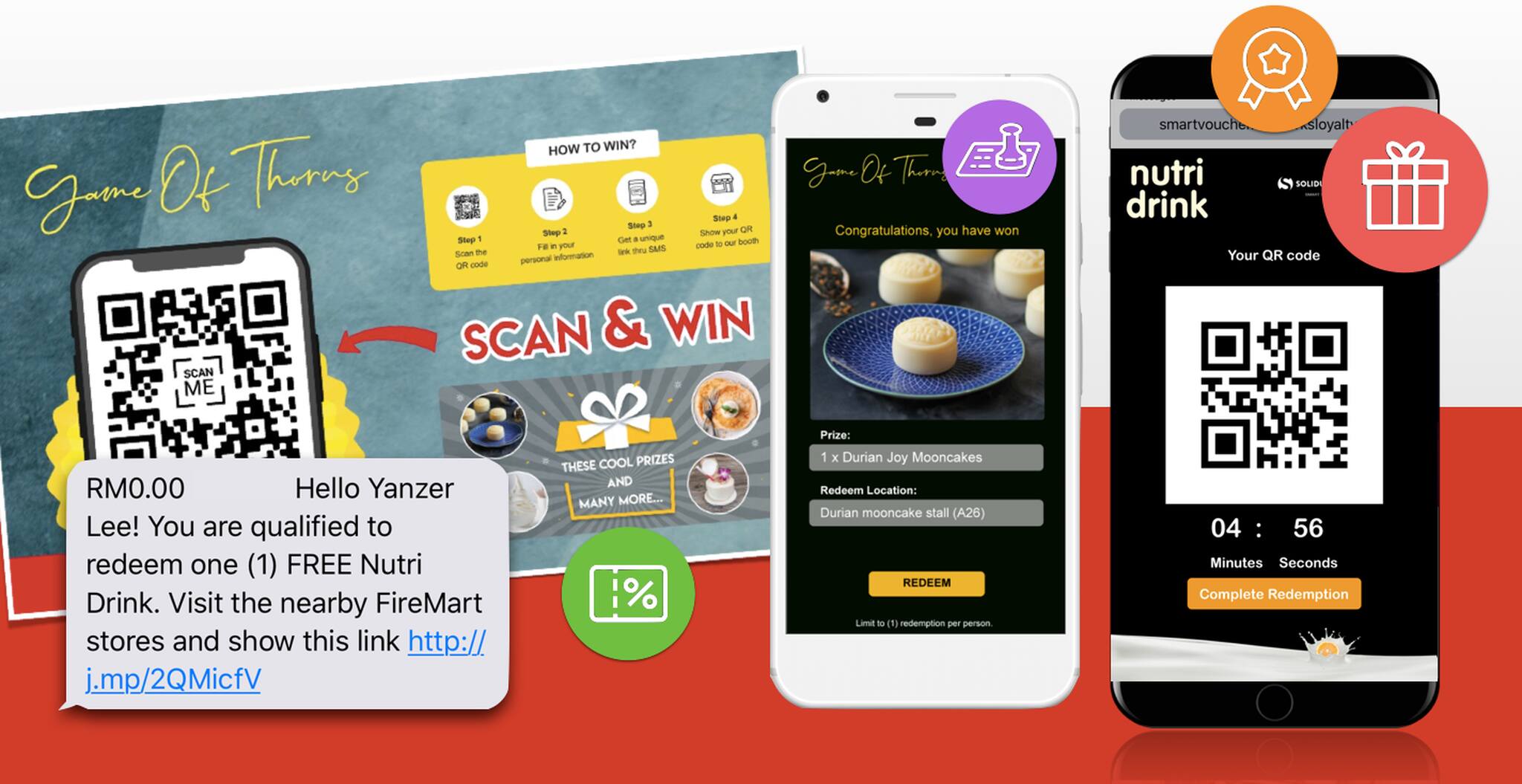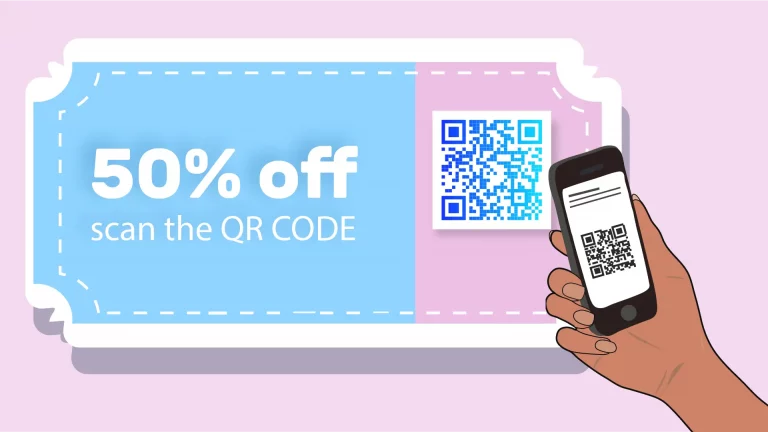How to Layout an Efficient Loyalty System to Enhance Consumer Loyalty
How to Layout an Efficient Loyalty System to Enhance Consumer Loyalty
Blog Article
Loyalty System Insights: Rewarding Consumers and Expanding Your Brand Name
Commitment programs have advanced beyond mere transactional benefits; they now serve as strategic tools for cultivating deeper consumer connections and enhancing brand name commitment. The impact of a well-implemented commitment program extends beyond customer retention, driving advocacy and forming brand assumption in a competitive market.
Comprehending Loyalty Programs

By analyzing this information, services can tailor their offerings to better meet client demands, producing a much more individualized buying experience. This customization is pivotal in building trust fund and psychological links, which are essential for brand commitment. Loyalty programs can enhance customer interaction through unique offers, benefits, and experiences that reverberate with consumers, enhancing their commitment to the brand.
In addition, commitment programs can add to increased consumer lifetime worth, as satisfied and loyal clients are most likely to make regular purchases and refer others. Inevitably, when carried out effectively, loyalty programs not just incentivize immediate sales yet additionally grow a community of brand supporters, therefore driving lasting growth for organizations in an affordable market.
Kinds Of Compensate Systems
Numerous kinds of benefit systems exist within commitment programs, each made to cater to various customer choices and business goals. One prominent method is the points-based system, where clients gain factors for each purchase, which can later be retrieved for products or price cuts. This model encourages repeat deals and fosters a feeling of achievement as clients build up factors.
One more reliable kind is tiered benefits, which incentivizes customers to reach greater degrees of commitment. As clients progress via tiers, they unlock significantly valuable advantages, consequently improving client interaction and retention. This system compensates both first investing and ongoing commitment, making customers really feel valued.
Cashback rewards are also widespread, using clients a percentage of their purchase back as cash money or credit report. This straightforward method interest price-sensitive consumers and can drive much more regular acquisitions.
Last but not least, experiential benefits supply unique experiences, such as exclusive events or early access to items. These rewards develop remarkable interactions with the brand name, fostering deeper psychological connections.
Each of these systems uses distinctive advantages, allowing services to customize their loyalty programs to straighten with their client demographics and strategic purposes.

Benefits of Carrying Out Commitment Programs
Implementing loyalty programs provides numerous benefits that can considerably enhance a service's partnership with its customers. By satisfying repeat acquisitions, companies foster a sense of belonging, motivating consumers to return a lot more regularly.
Moreover, loyalty programs allow services to gather important information on consumer choices and buying behaviors. This information can be analyzed to tailor advertising and marketing initiatives, leading to more reliable and tailored campaigns. The understandings gained can help organizations identify trends, enhance item offerings, and improve customer fulfillment.
Furthermore, commitment programs commonly create an one-upmanship in crowded markets. By developing a strong commitment framework, companies can differentiate themselves, attracting customers that prioritize brands that worth their loyalty.
Last but not least, a well-structured loyalty program can foster brand name advocacy. Faithful clients are most likely to suggest a brand to others, effectively turning them into brand name ambassadors. Finally, carrying out commitment programs is a critical relocation that can generate substantial advantages, ultimately driving long-lasting company growth and success.
Techniques for Reliable Engagement
Effective engagement is essential for making best use of the benefits of loyalty programs and making sure sustained client interest. Loyalty System. To cultivate significant connections, businesses should adopt a multi-faceted technique that stresses customization, interaction, and value
First, leveraging customer go right here data to create tailored experiences boosts involvement. By analyzing purchase history and choices, brand names can provide individualized incentives or recommendations that reverberate with individual consumers. This targeted technique not only raises fulfillment however also motivates repeat communications.
2nd, transparent and routine interaction is necessary. Utilizing numerous networks, such as e-mail newsletters, social media sites, and mobile apps, guarantees consumers are educated about promotions, incentives, and program updates. Constant messaging maintains the brand top-of-mind and strengthens the value of loyalty participation.
Finally, integrating gamification components can significantly boost interaction. Features such as factor buildup, difficulties, and tiered rewards develop a sense of success and enjoyment, inspiring consumers to involve more proactively with the program.
Incorporating these approaches grows a dedicated client base, driving continual growth and brand fondness while making the most of the possibility of loyalty programs. By concentrating on effective engagement, services can enhance links and improve the total consumer experience.
Gauging Success and ROI
To precisely assess the performance of loyalty programs, companies must develop clear metrics for determining success and return on investment (ROI) Secret performance indicators (KPIs) such as consumer retention price, typical order worth, and the frequency of repeat purchases give quantifiable understandings into program performance.
Additionally, tracking the overall effect on customer lifetime value (CLV) is critical. An effective commitment program should raise CLV by promoting customer commitment and motivating repeat transactions (Loyalty System). Companies must additionally consider the price of keeping the program and implementing versus the earnings generated through dedicated consumers
Another important strategy is to evaluate consumer engagement metrics, such as engagement rates in commitment activities and the redemption of incentives. This information enables firms to More Bonuses fine-tune their offerings and enhance consumer experiences.
Moreover, using innovative analytics and consumer feedback can better sustain the evaluation of loyalty program efficiency. By integrating qualitative understandings with quantitative data, companies can readjust approaches to optimize performance. Eventually, a thorough measurement structure will certainly make it possible for organizations to understand real worth of their commitment programs and make notified decisions for future development.
Final Thought
In final thought, commitment programs offer as an important system for improving customer engagement you can look here and promoting brand commitment. The critical implementation of these programs not only raises consumer retention but likewise changes completely satisfied clients right into supporters, contributing to brand development and competitive advantage.
Commitment programs have advanced beyond plain transactional benefits; they now offer as critical devices for cultivating much deeper customer connections and boosting brand name loyalty. As consumers proceed via tiers, they unlock significantly beneficial advantages, consequently boosting consumer interaction and retention. A successful loyalty program ought to enhance CLV by cultivating client loyalty and motivating repeat transactions.In verdict, commitment programs offer as an important mechanism for improving consumer interaction and cultivating brand loyalty. The calculated execution of these programs not just raises consumer retention but also changes satisfied clients into supporters, contributing to brand development and competitive advantage.
Report this page